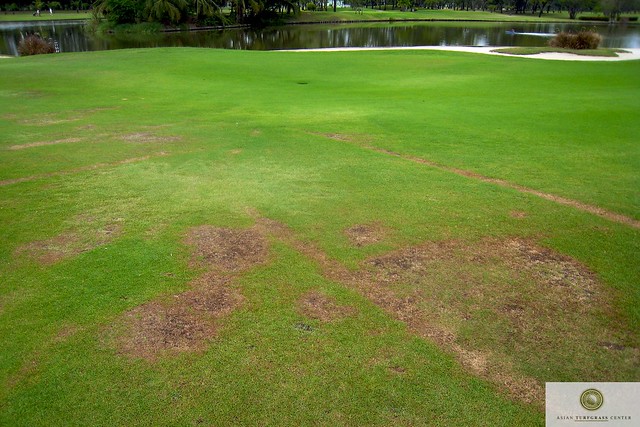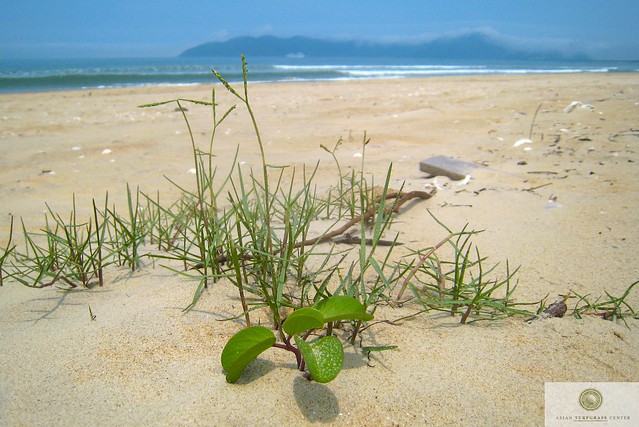
It seems funny to talk about snow mold on April 26th, but thanks to mother nature there isn't much else to talk about in the Midwest. We have experienced a very cool, wet spring so far this year. Just last week northern areas of Wisconsin received 7 to 9 inches of snow! We were very lucky that the dates we picked for our snow mold field days were nice, well at least the weather was nice at two of the locations. We have five locations for our snow mold trials: Brainerd, MN, Les Bolstad Golf Course in St. Paul, MN, Grant Park Golf Course in Milwaukee, WI, Sentryworld Golf Course in Stevens Point, WI and Wawonowin Golf Club in Champion, MI. We travel to these different locations in order to test fungicides against as many snow mold pathogens as possible.
For this post I thought I would summarize the a portion of the results from Sentryworld. The picture at the upper right hand portion of this post was taken by Dr. Derek Settle at the CDGA and shows the level of disease at this trial. Although the non-treated controls averaged 74%, this is misleading because a single control somehow escaped with only 22% disease. The primary pathogen observed at this location was Typhula ishikariensis. Once again we observed that mixtures of fungicides that incorporate multiple modes of action worked very well. The graph below depicts a sample of results from this trial. There were 90 entries and the remaining treatments as well as the other sites can be accessed through our webpage soon. Mixtures with Torque (tebuconazole) worked very well, especially a mixture of Torque and Affirm (polyoxin-D). An interesting new fungicide is Velista, which is a carboximide fungicide (other members of this family are Prostar and Emerald). It does have activity against snow mold fungicides on its own, but not enough to provide acceptable control. When Velista was mixed with a DMI (in the figure Banner MAXX is presented) and chlorothalonil, these mixtures performed well.

Instrata at 9.3 oz performed well in our trials as it has for many years. Concert provided significant reductions in snow mold even when applied by itself at the 8.5 fl oz rate. This year we had a number of Civitas mixtures in our trials and they performed well. The product applied alone will not control snow mold, but when applied as a tank mix component results were quite good. Finally, Interface continued to show good efficacy against snow molds. Interface by itself did reduce snow mold severity, but not to a level that we consider acceptable (<5%). Yet, adding Daconil dropped snow mold severity to acceptable levels.
Now that the season is finally getting going, I will start posting once a week again. We have initiated a number of very interesting research projects that I will post about this year as well as updates on what we see in the TDL, so stay tuned!





































